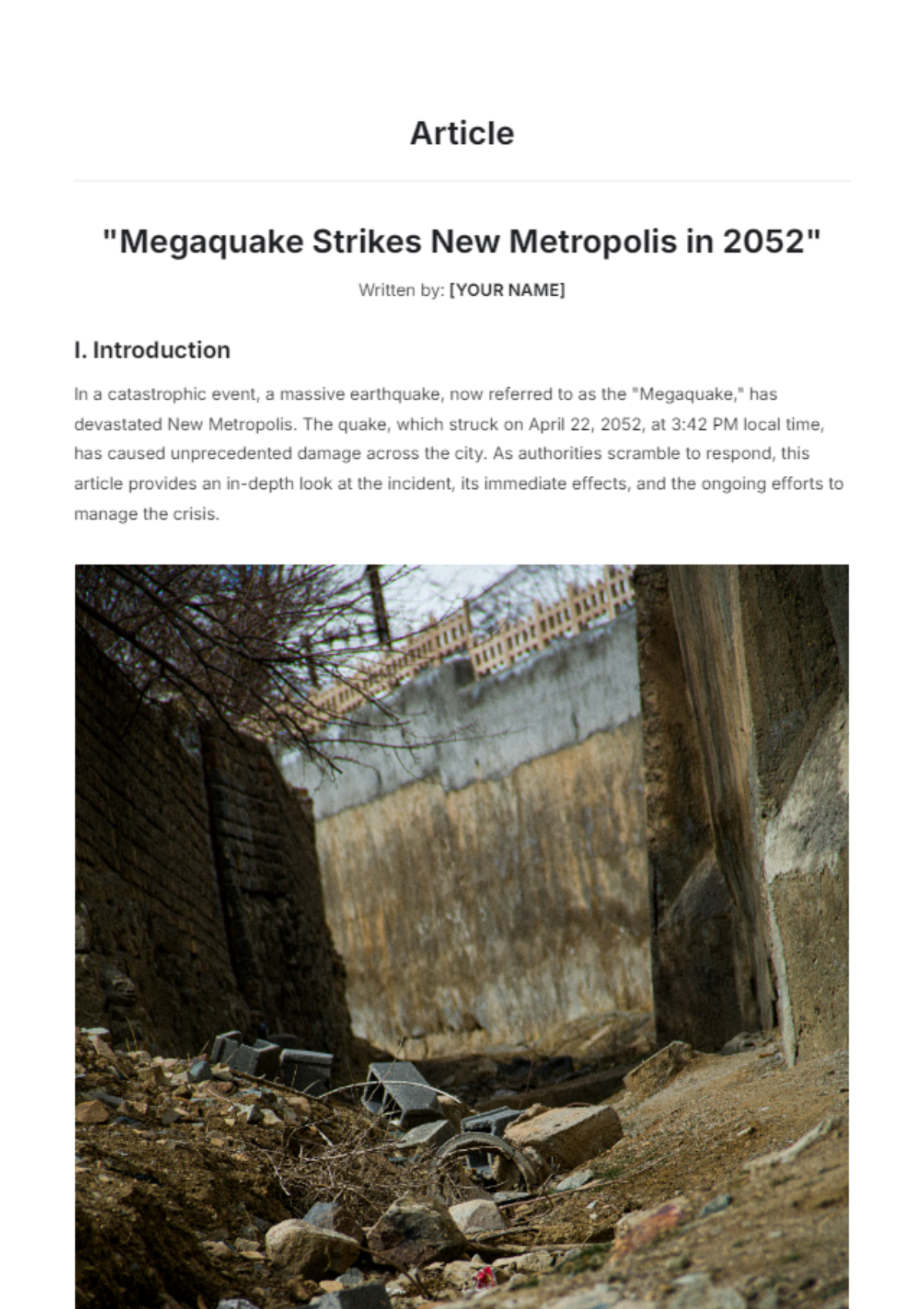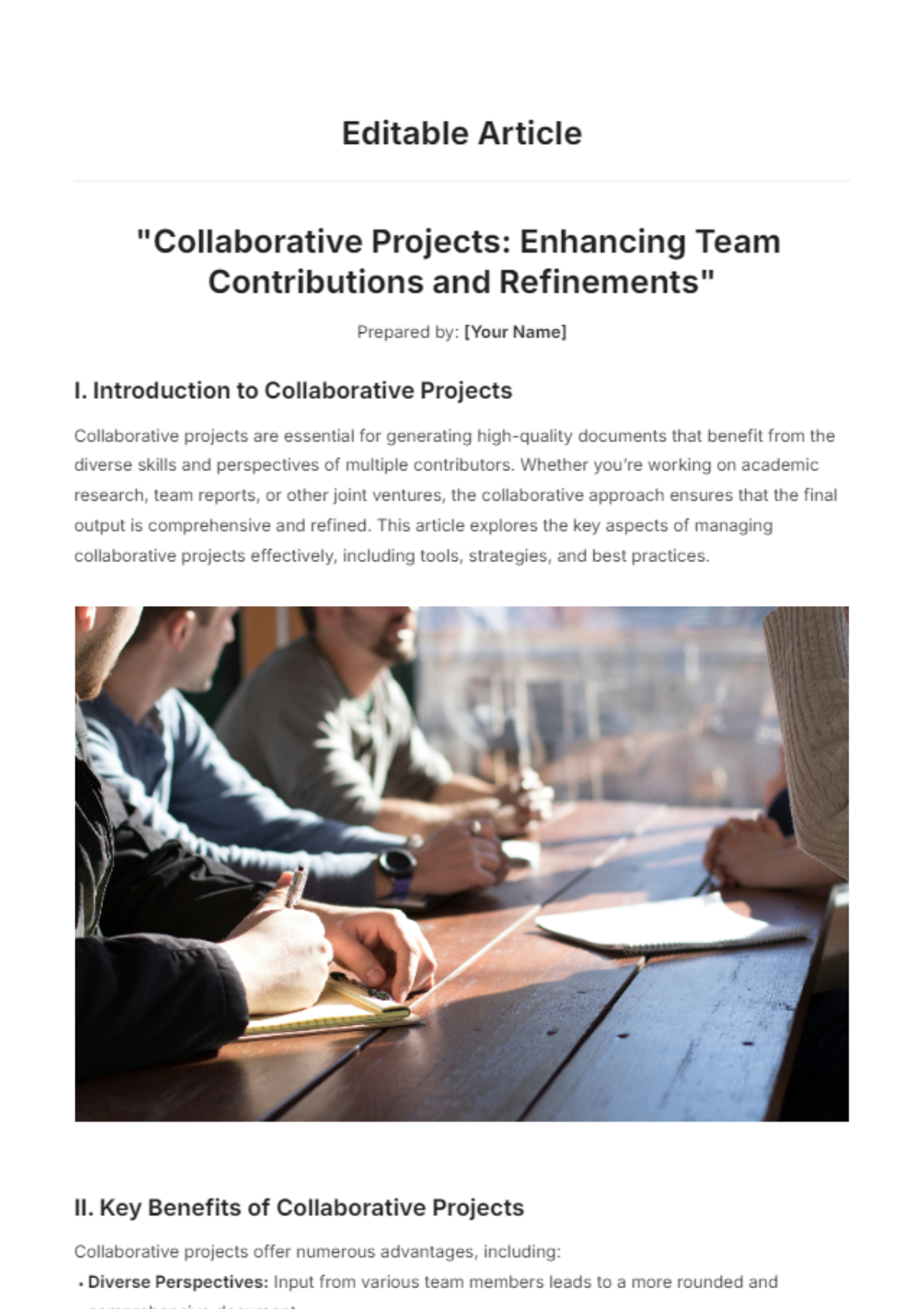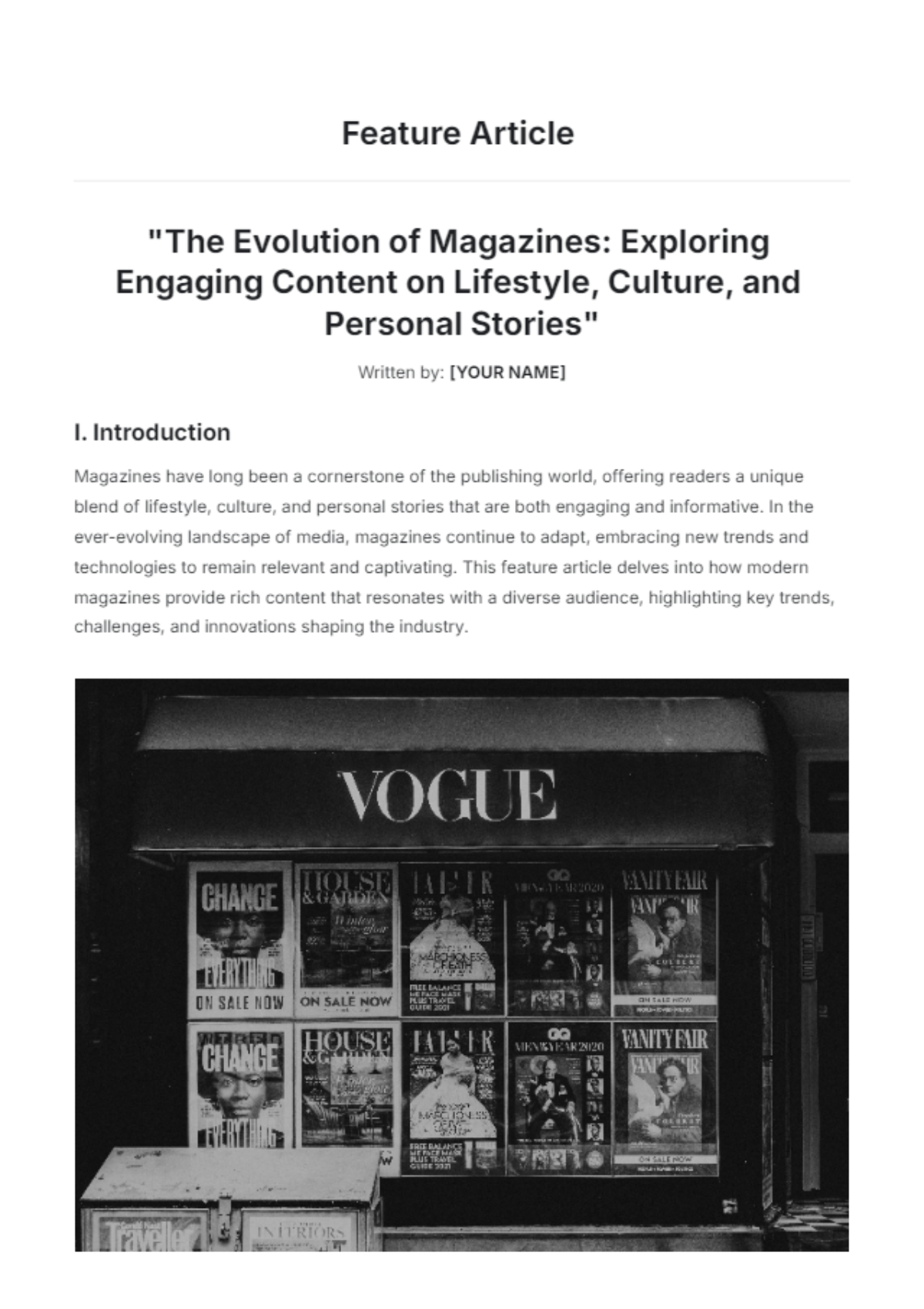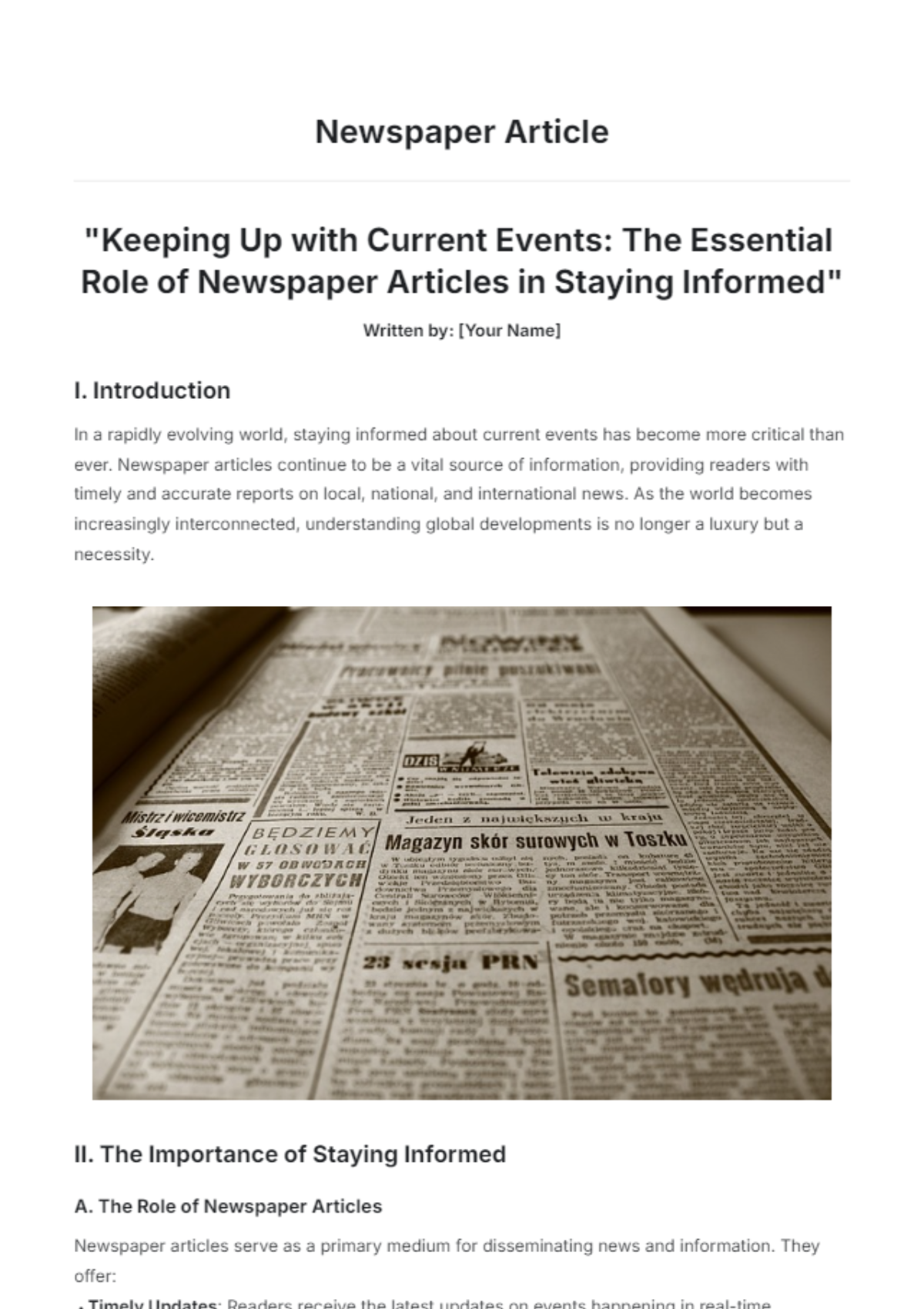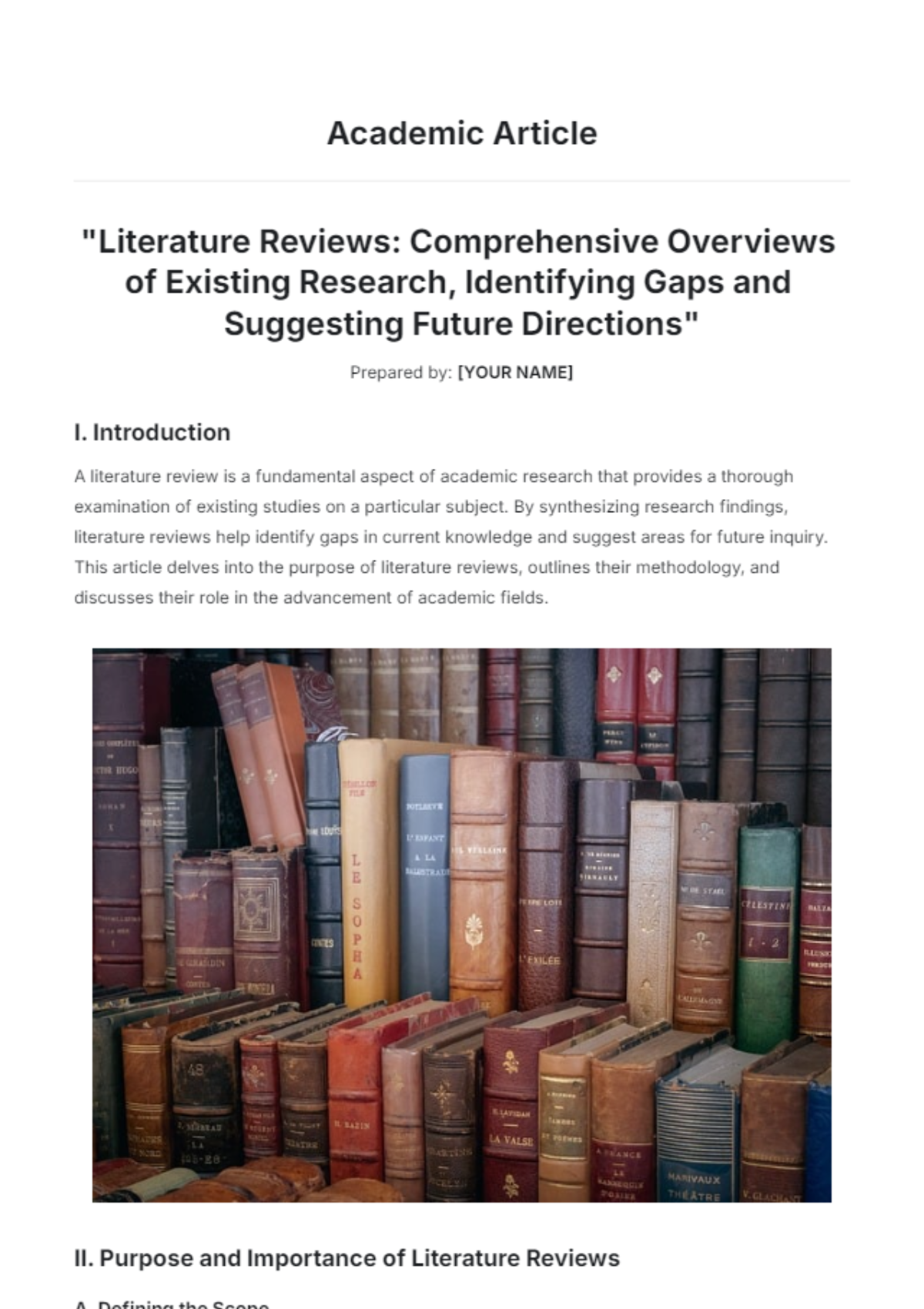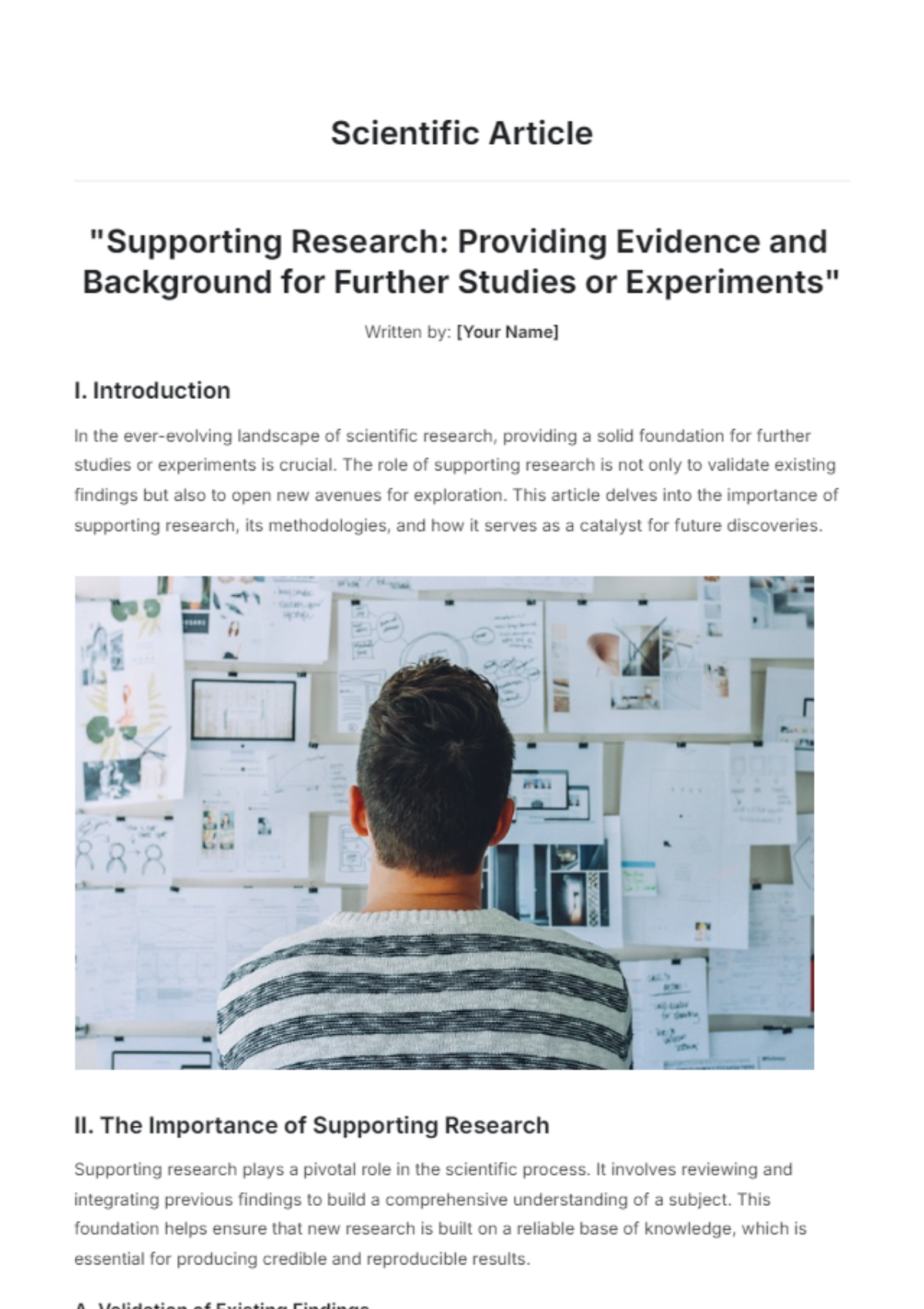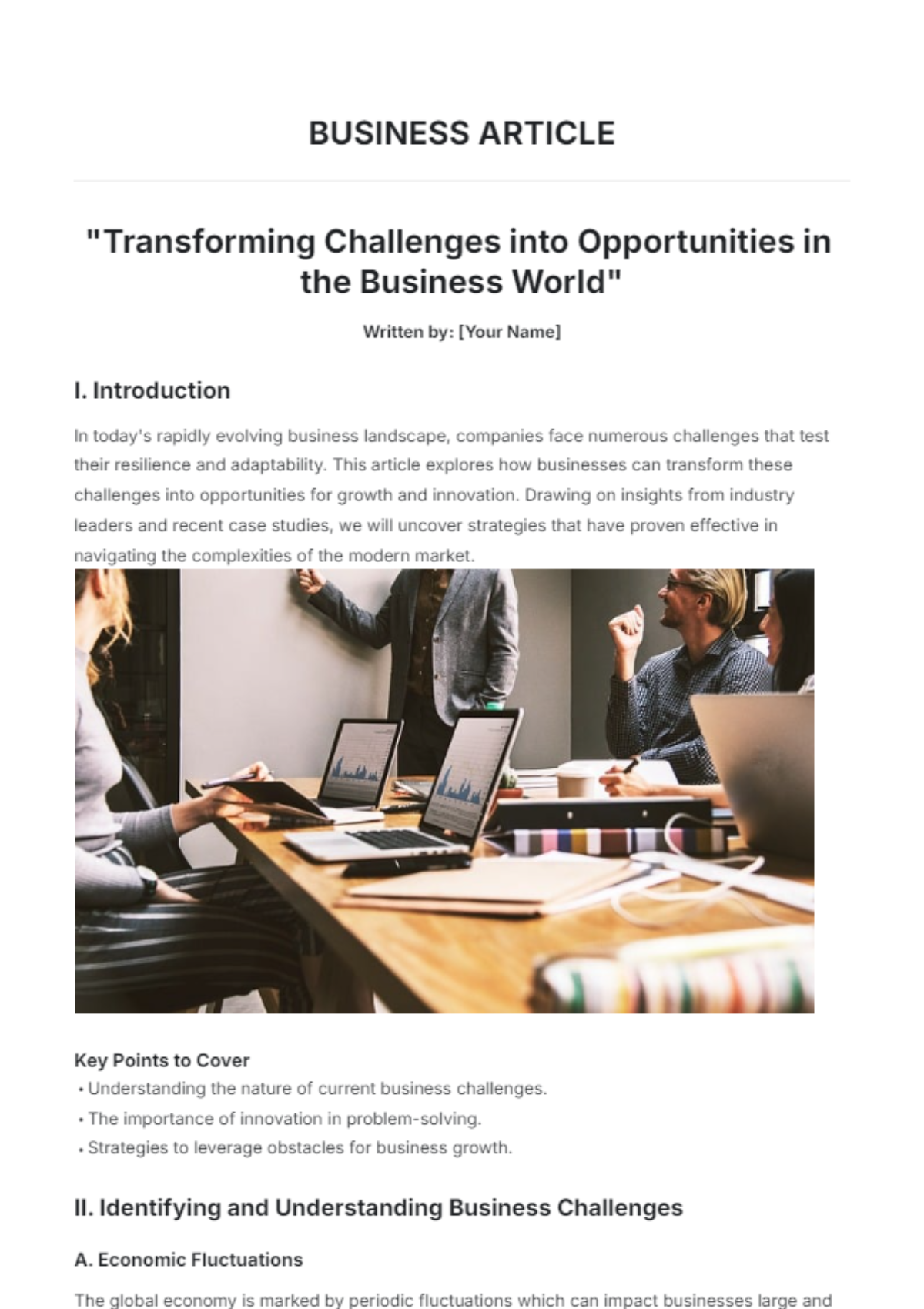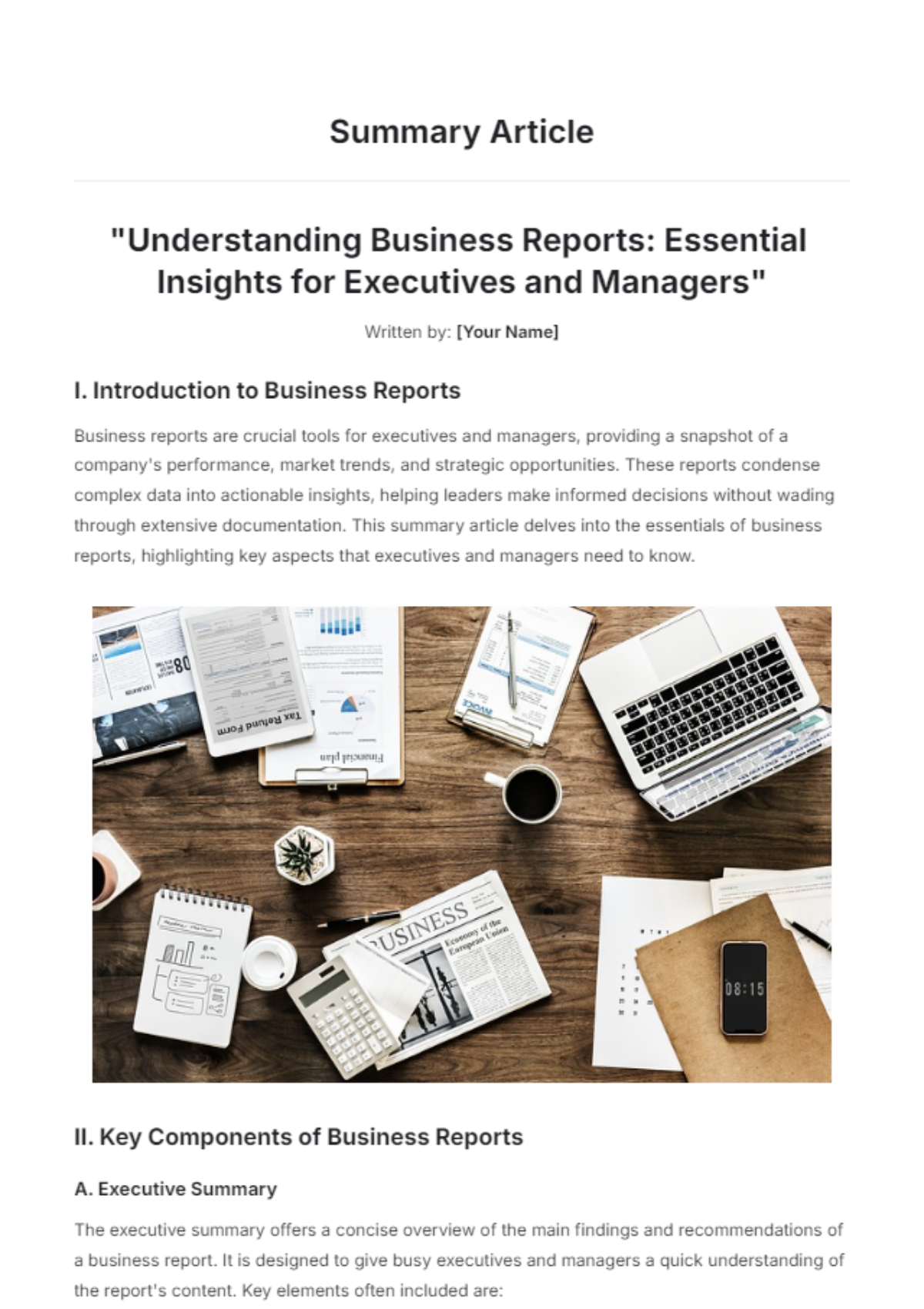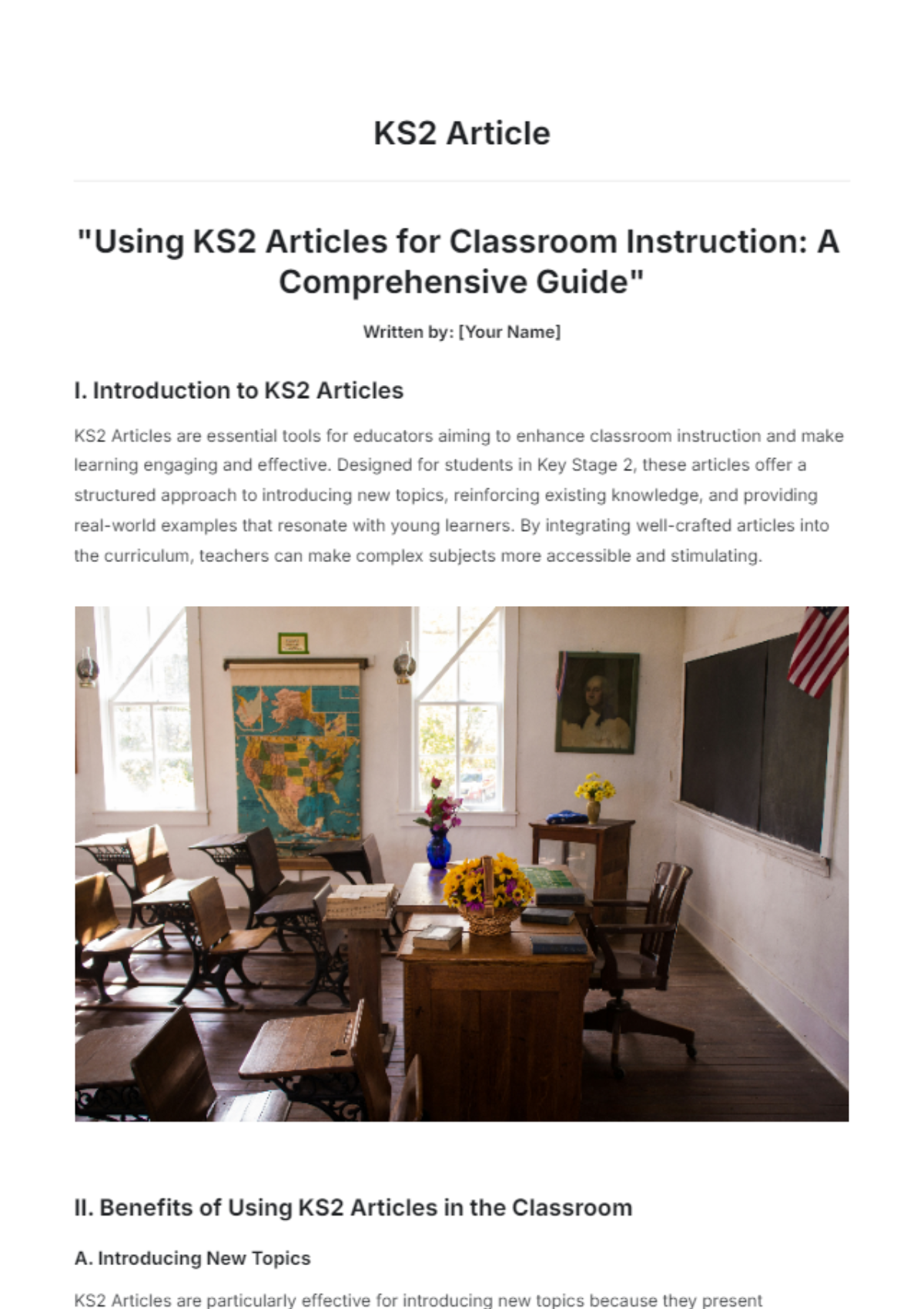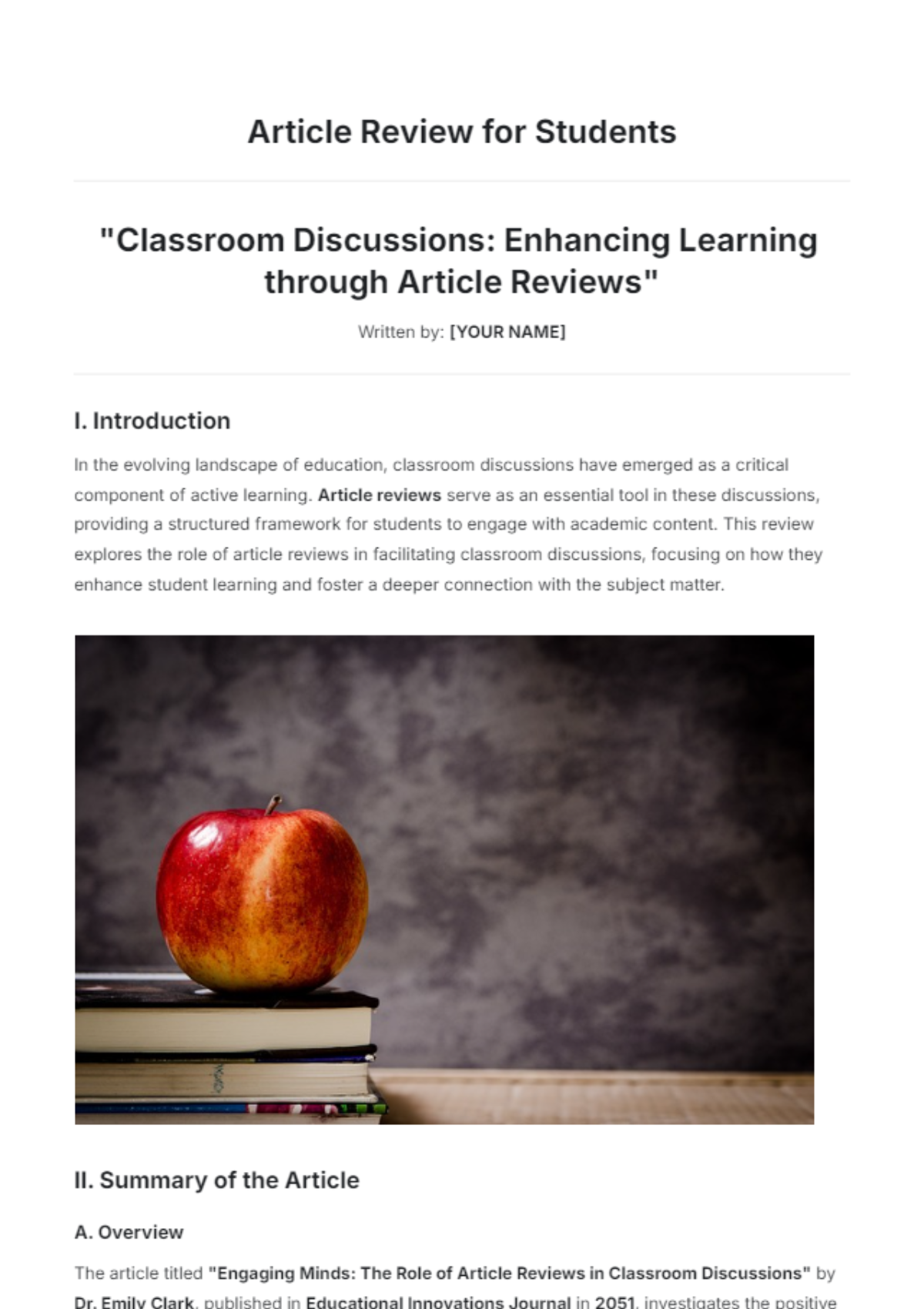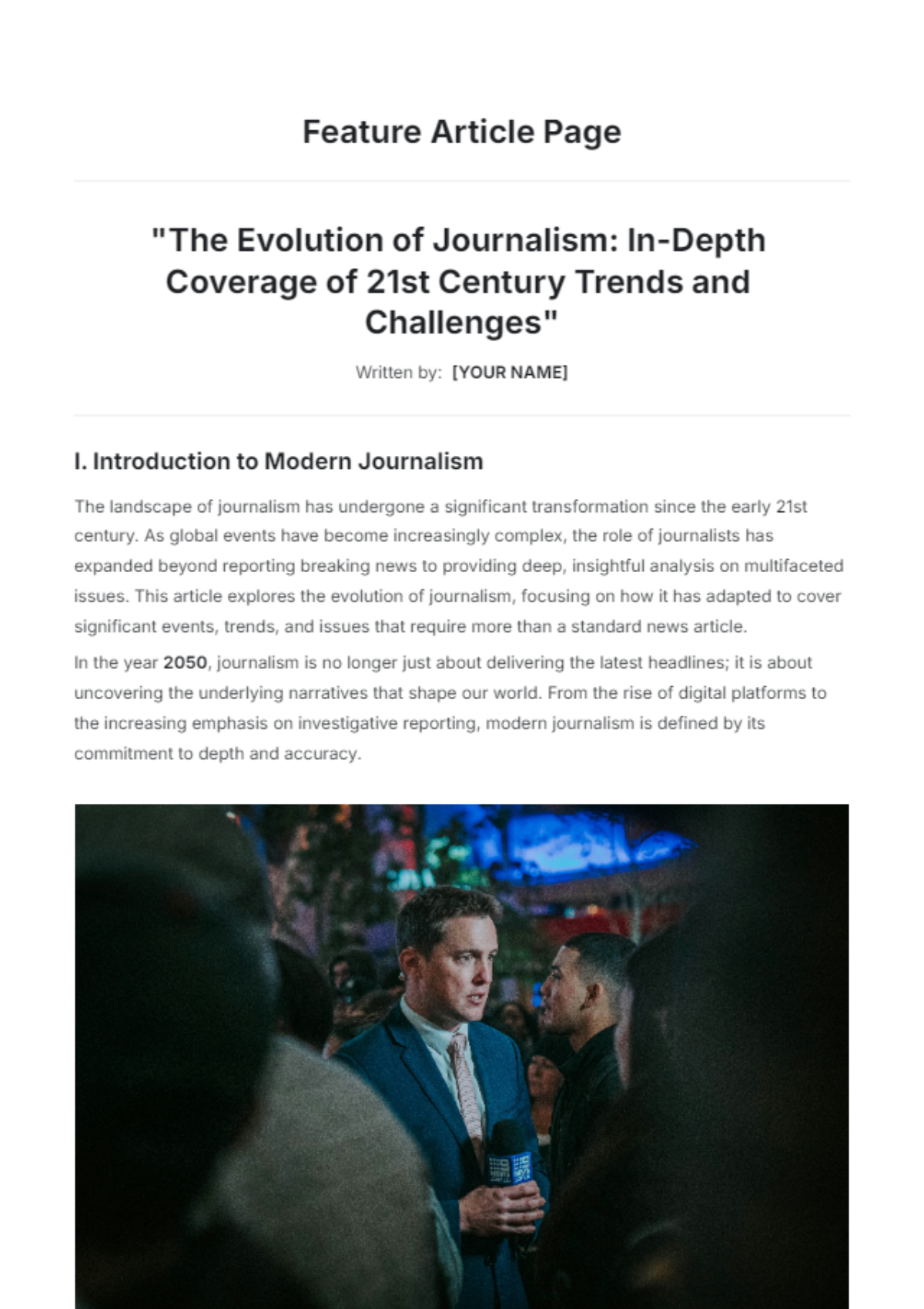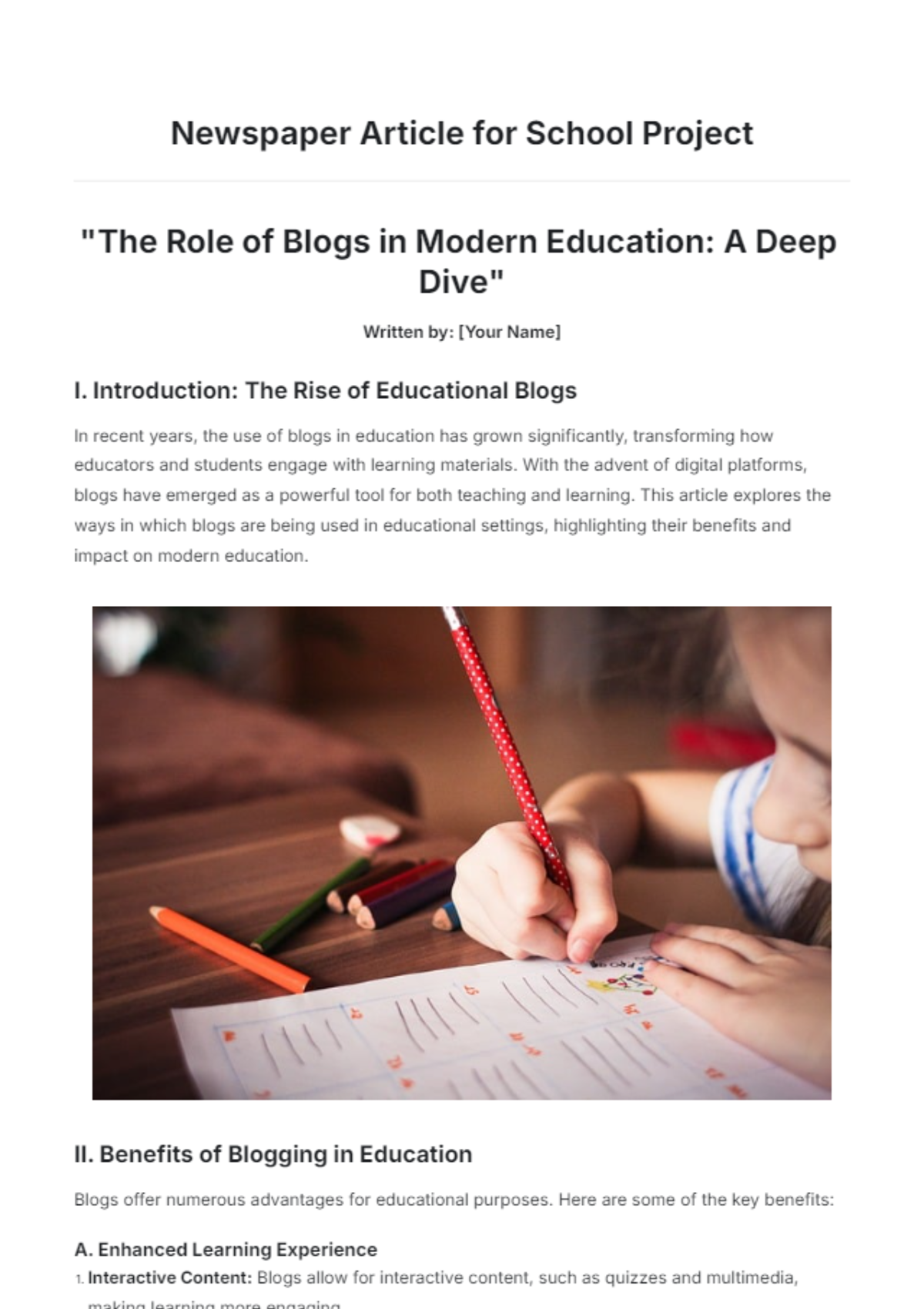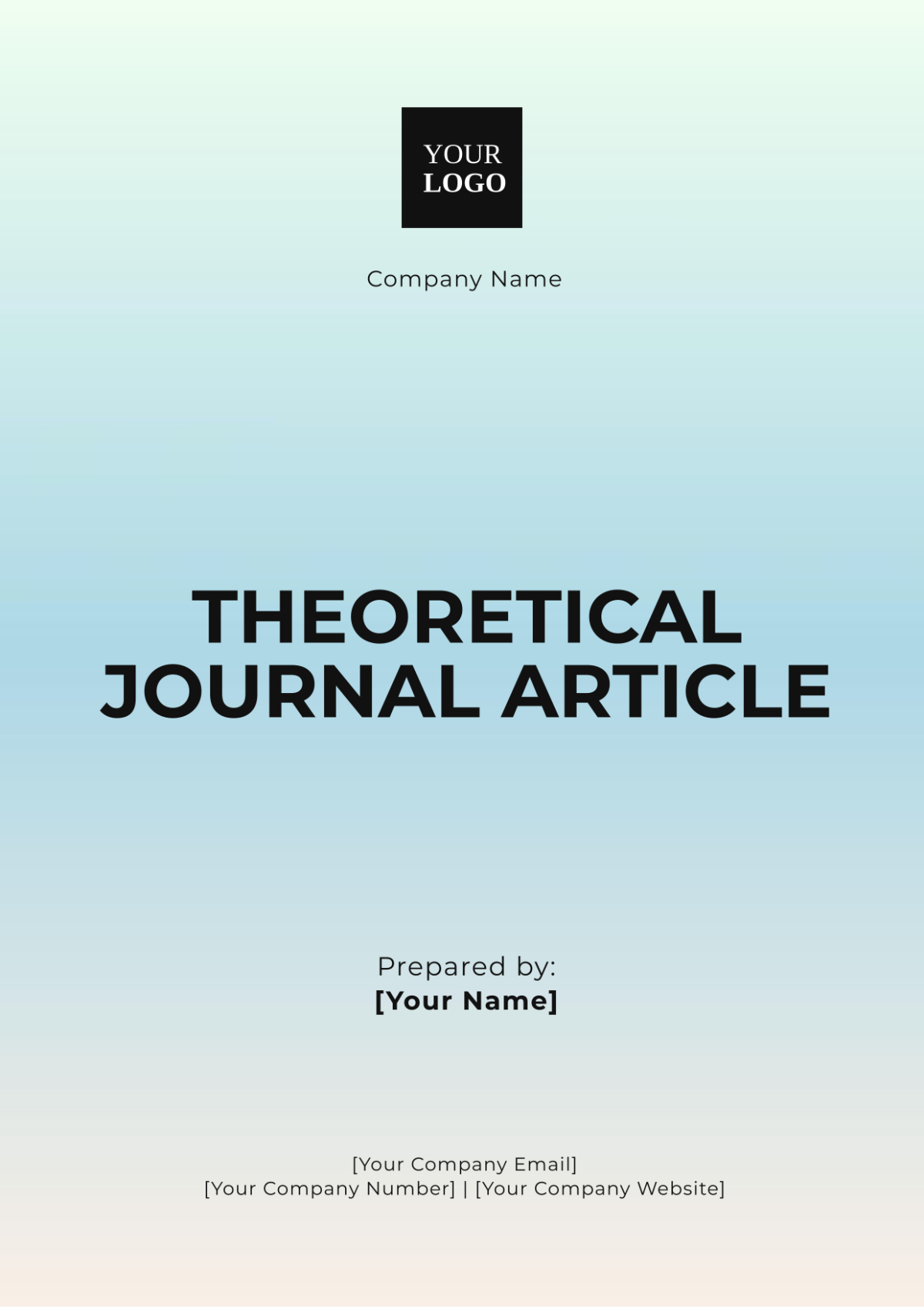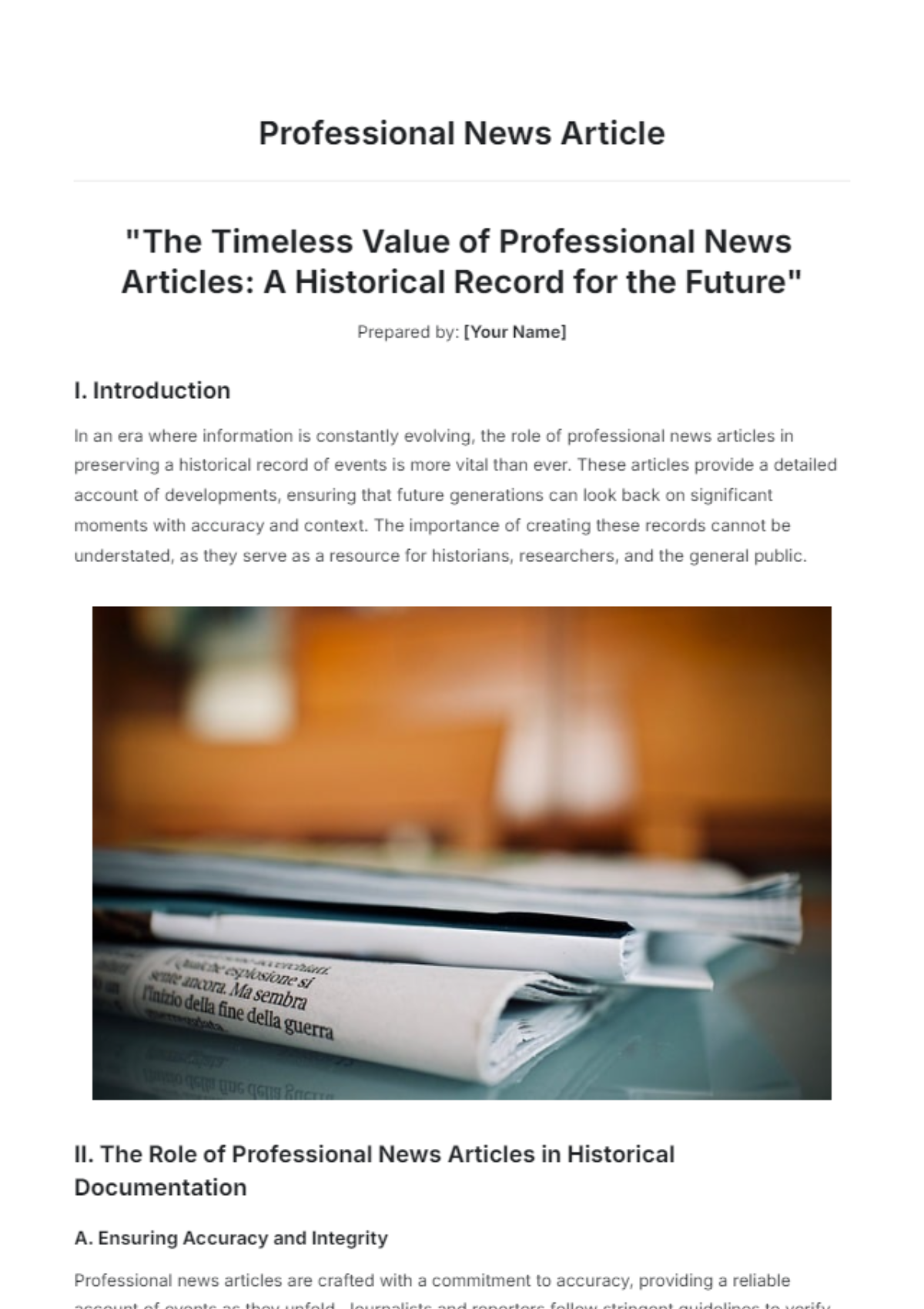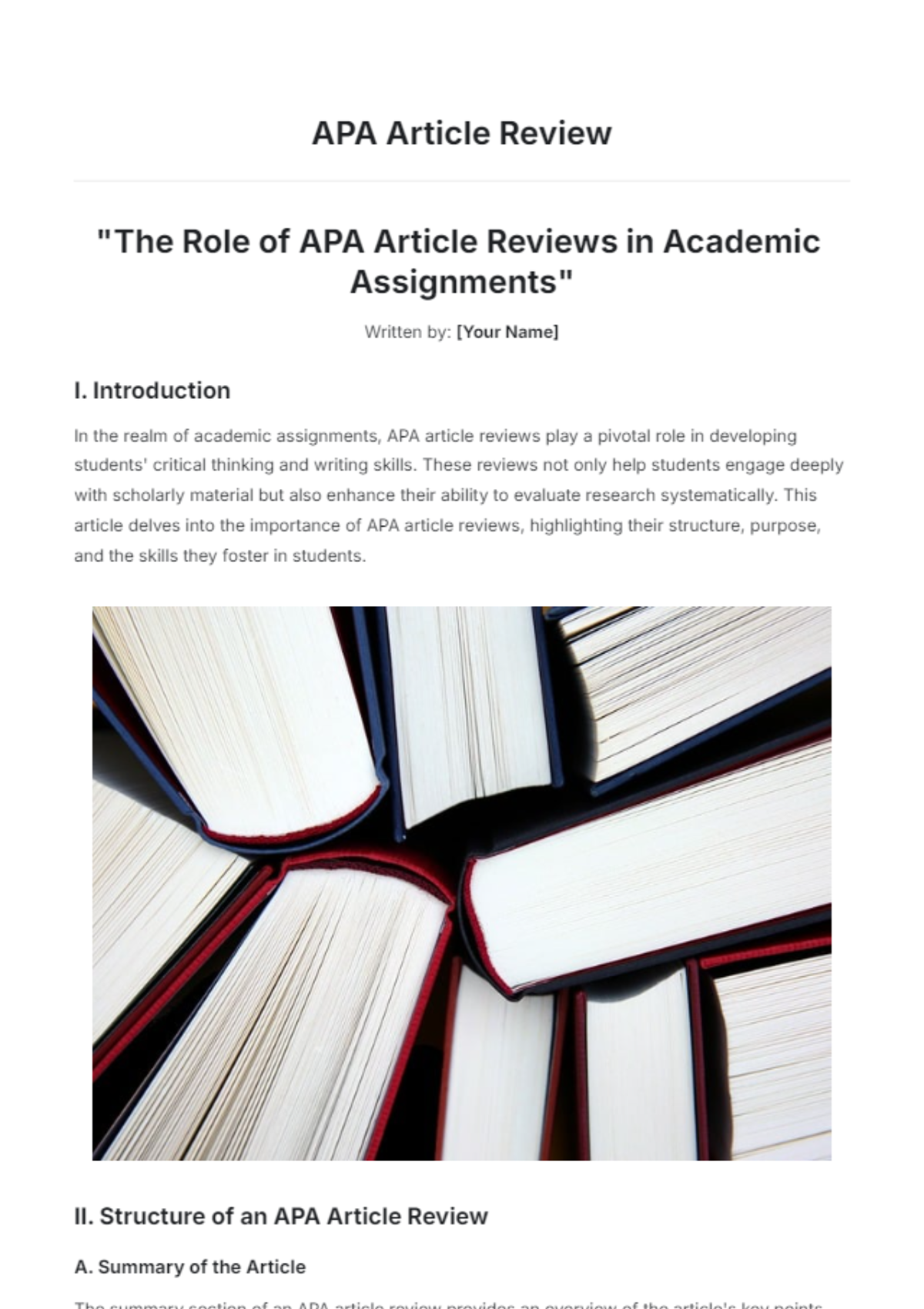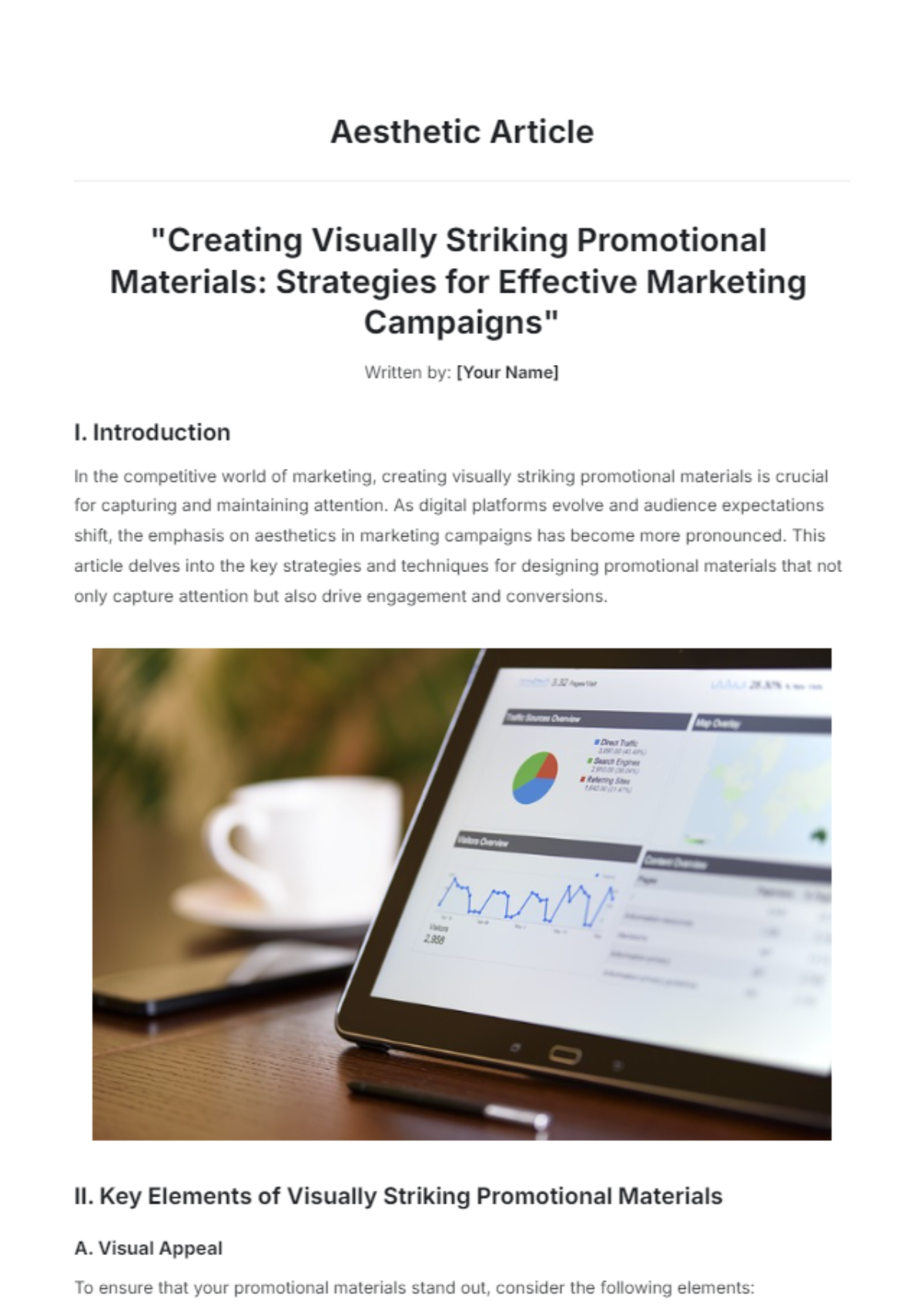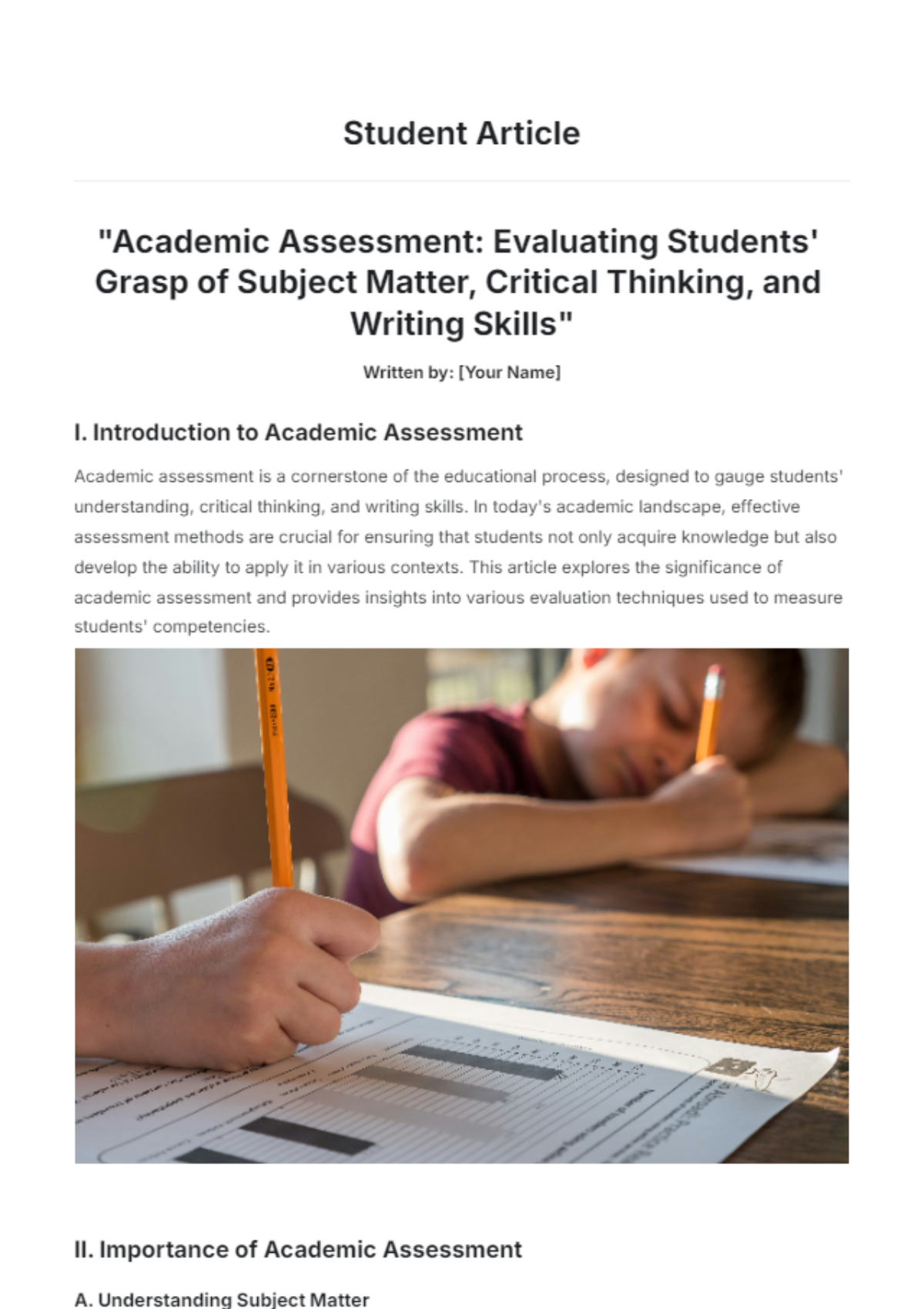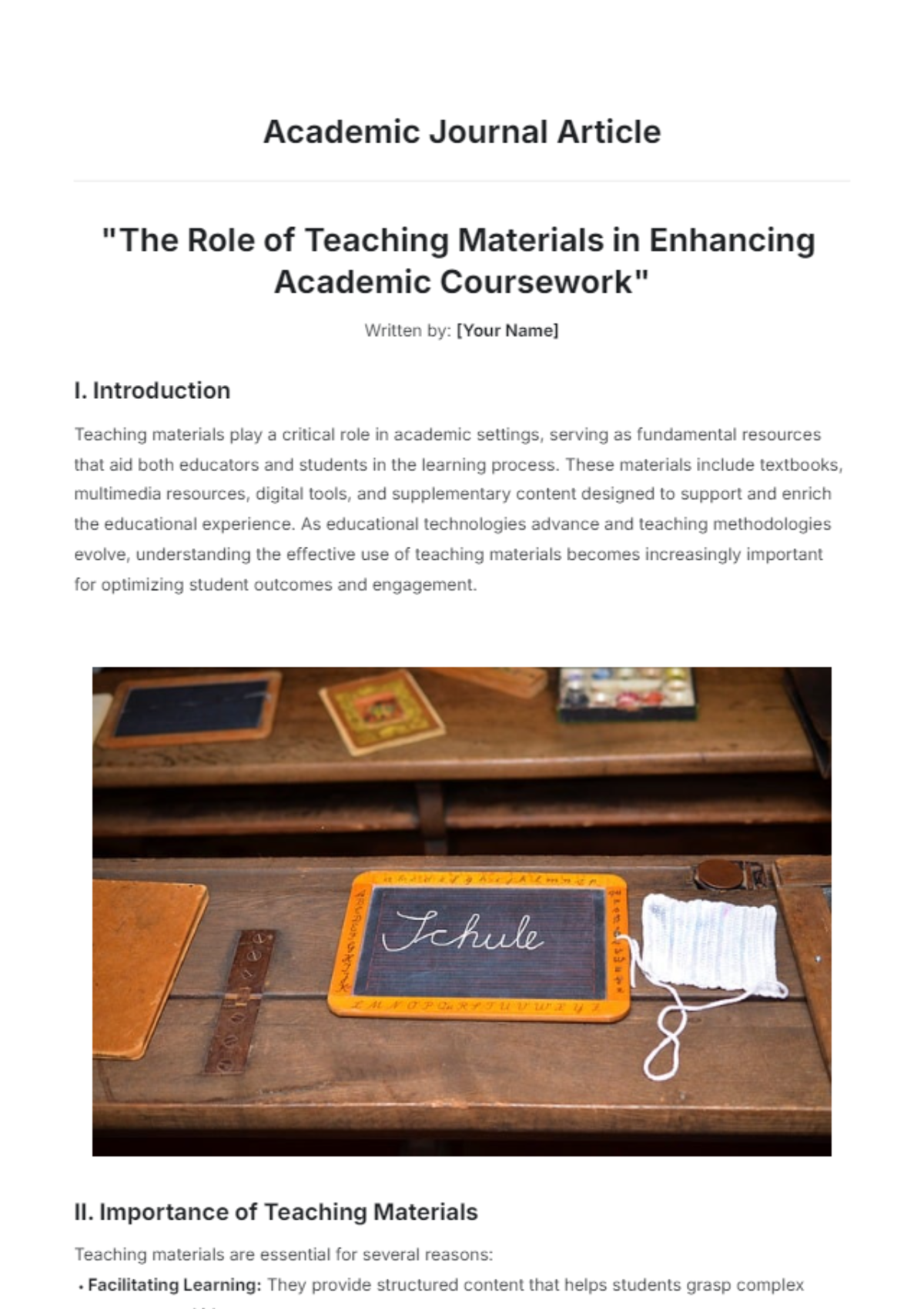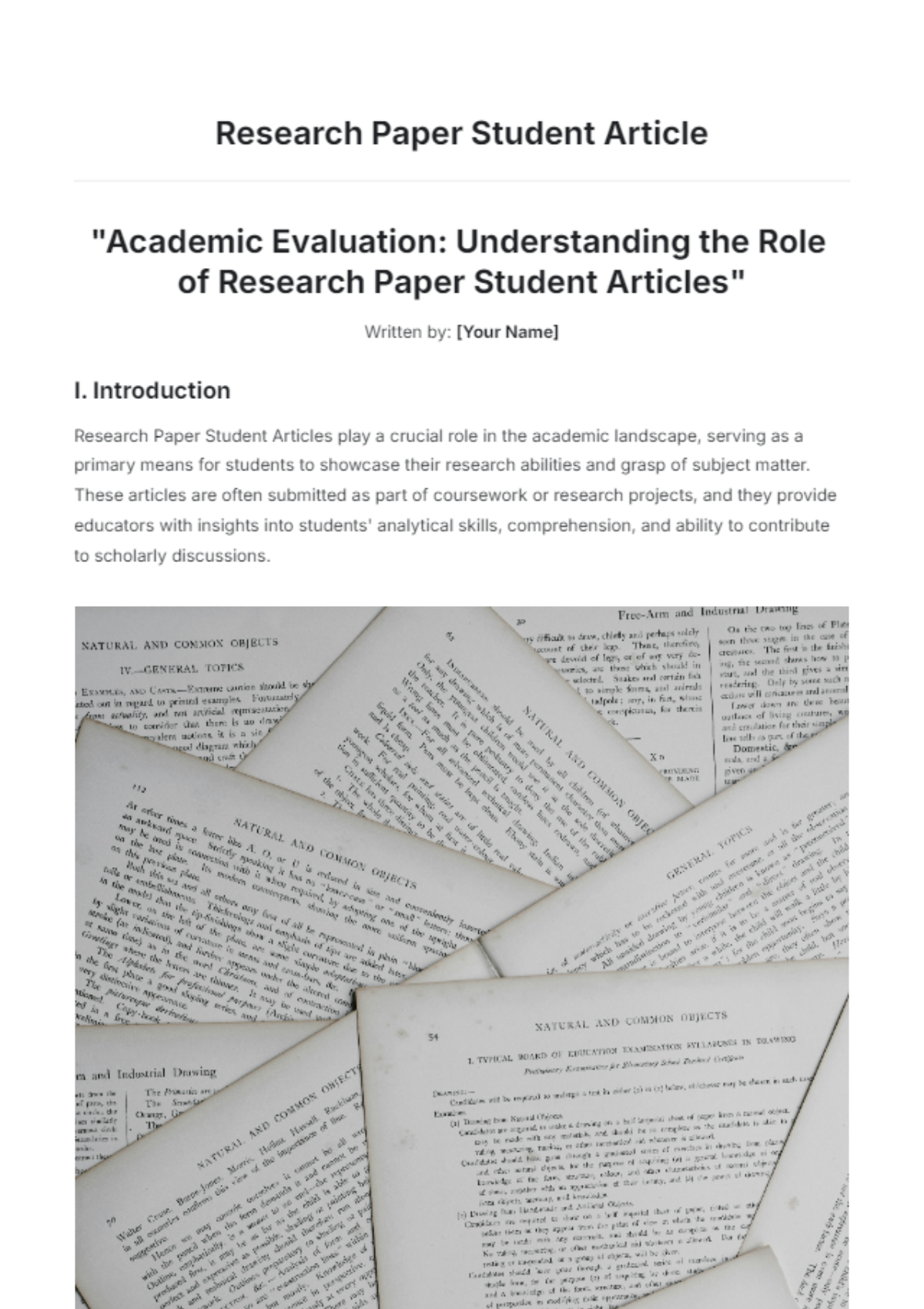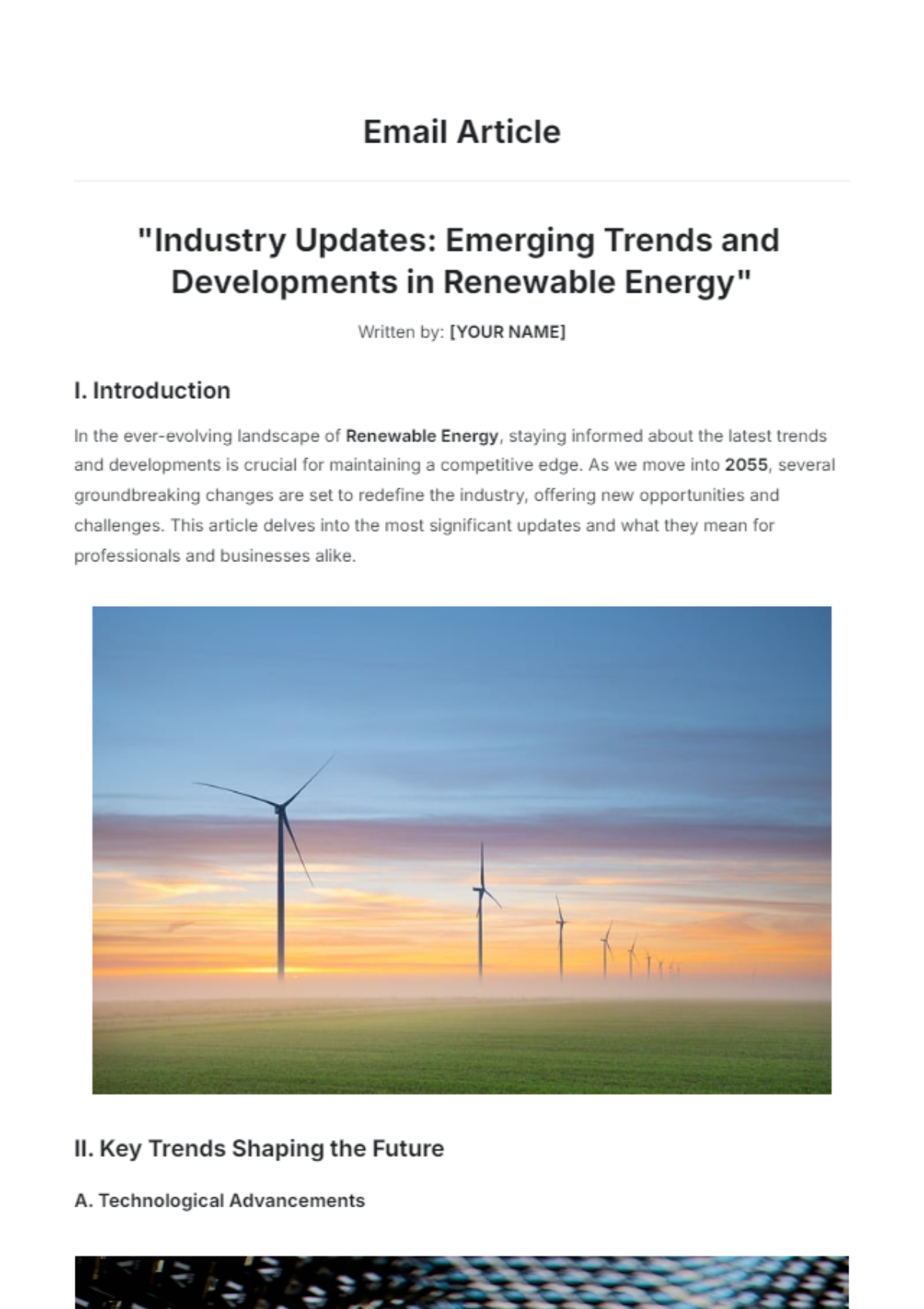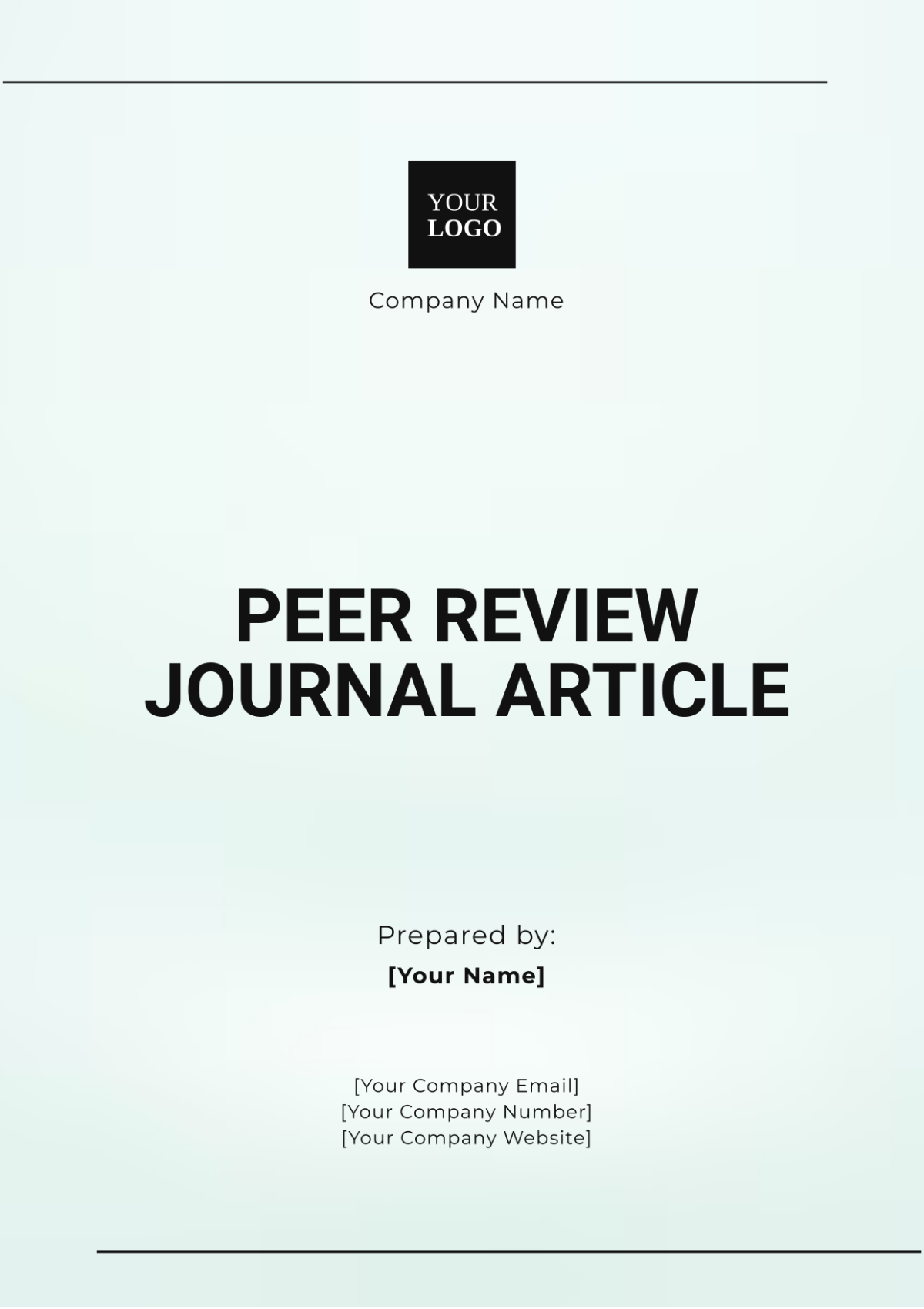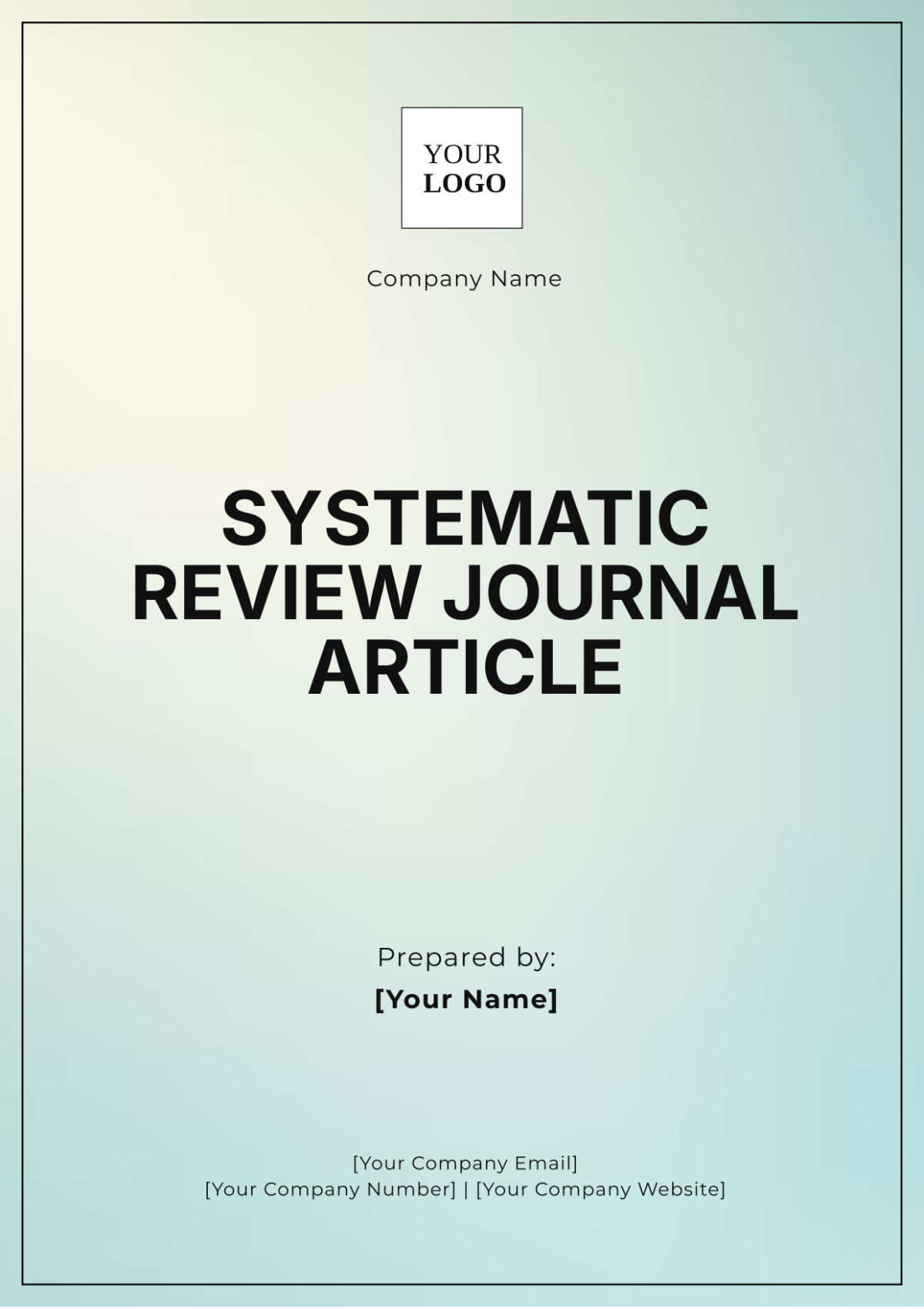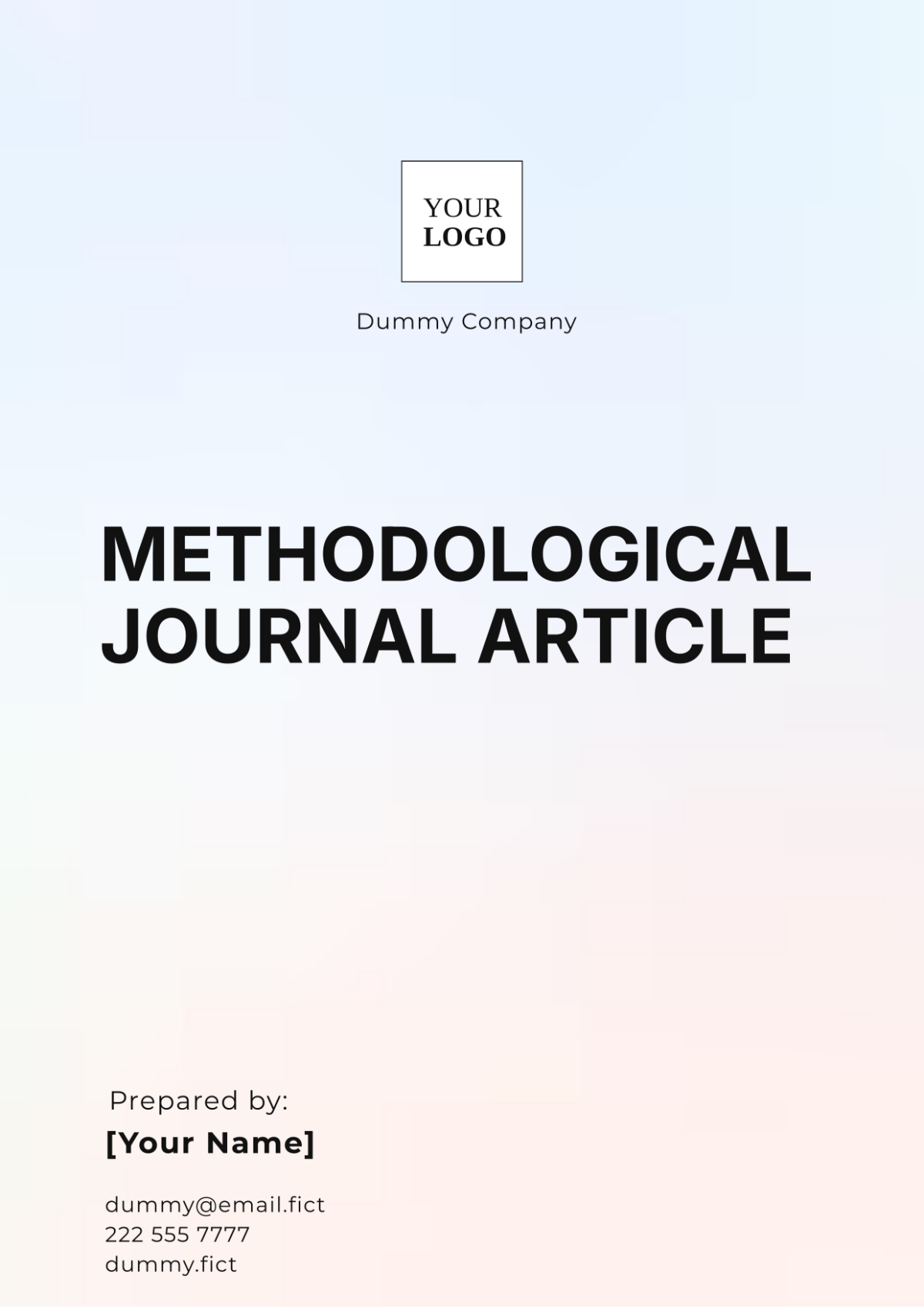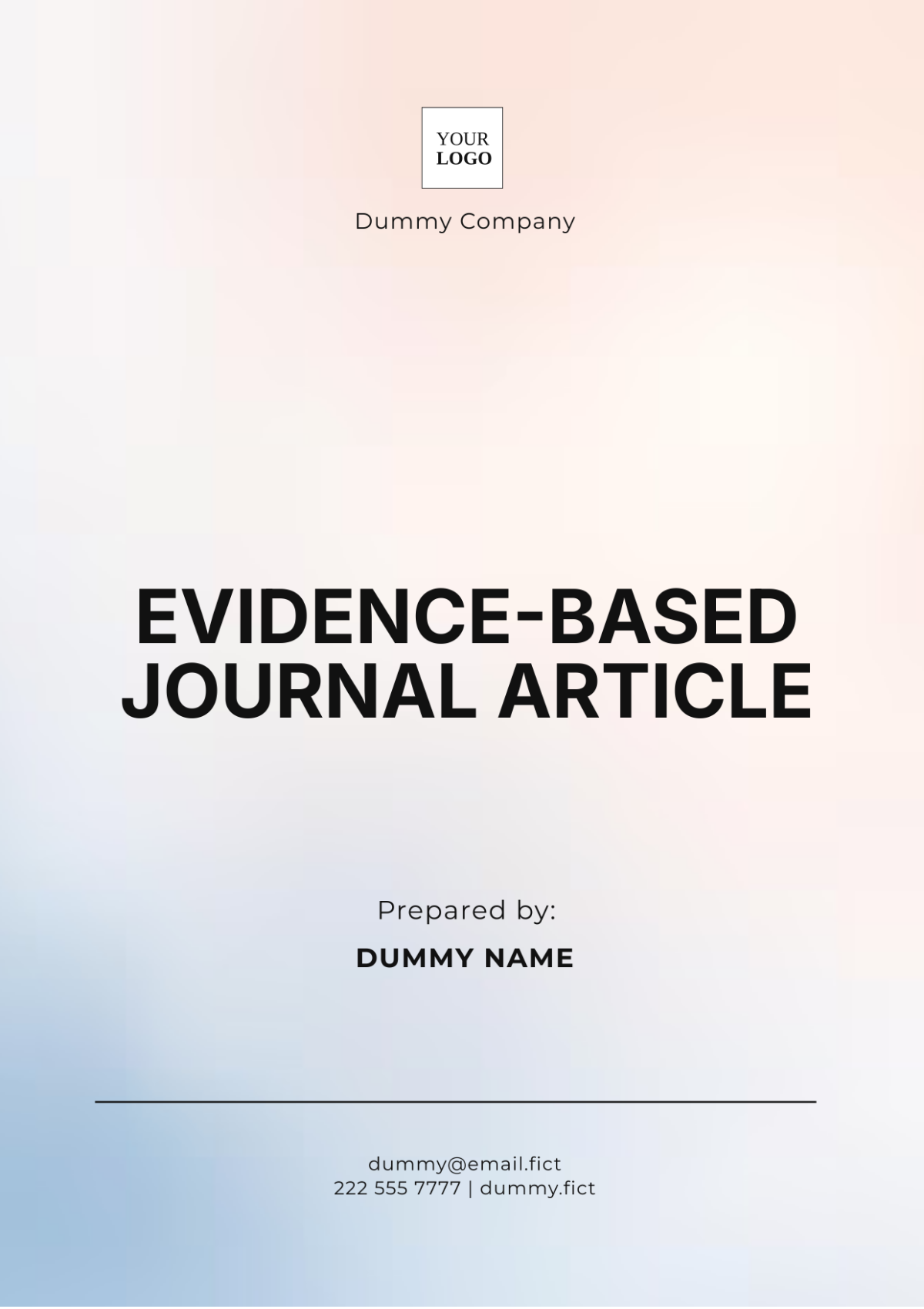Journal Modeling Article
Title: Evaluating Theoretical and Mathematical Models for Climate Change Impacts on Agricultural Productivity: Insights and Projections for 2050 and Beyond
Prepared by: [Your Name]
Date: [Date]
I. Abstract
This journal article presents an extensive analysis of theoretical and mathematical models used to evaluate the impacts of climate change on agricultural productivity, projecting scenarios from 2050 onwards. The study emphasizes the development, application, and critical evaluation of these models to understand and predict the ramifications of evolving climate patterns on crop yield and food security. Findings suggest that integrating diverse modeling approaches yields a more nuanced understanding of the complex interactions between climate variables and agricultural systems, which is crucial for long-term planning and policy development.
II. Introduction
Climate change poses an escalating threat to global agricultural productivity, with far-reaching consequences for food security and economic stability. As we approach 2050 and beyond, the urgency to comprehend these impacts intensifies. Effective modeling techniques are essential for simulating the intricate interactions between climate variables and agricultural systems. This article aims to present and critically evaluate various models used in the field, highlighting their applications, strengths, limitations, and potential for future advancements.
III. Literature Review
A comprehensive literature review reveals a broad spectrum of models employed to study climate change impacts on agriculture, including emerging approaches and methodologies for the future.
Empirical Models: Traditional empirical models, such as regression analysis and time-series analysis, use historical data to identify trends between climate variables and crop yields. While these models have been valuable in the past, their ability to predict future scenarios under rapidly changing climate conditions is limited. Future advancements may include the integration of machine learning techniques to enhance predictive accuracy.
Process-Based Models: Models like the Decision Support System for Agrotechnology Transfer (DSSAT) and the Agricultural Production Systems Simulator (APSIM) simulate biological and physical processes governing crop growth. As we move toward 2050, these models are evolving to incorporate more detailed biophysical interactions and incorporate real-time data from remote sensing technologies. These advancements aim to improve the accuracy and granularity of predictions.
Integrated Assessment Models: Models such as the Integrated Model to Assess the Global Environment (IMAGE) and the Global Trade Analysis Project (GTAP) combine socio-economic factors with biophysical processes. Future iterations of these models are expected to integrate advanced economic forecasting, policy simulation, and global trade dynamics to offer a more comprehensive view of climate change impacts and potential policy interventions.
IV. Methodology
This study employs a meta-analysis of existing and emerging modeling studies to evaluate the effectiveness and future potential of different approaches. The selection criteria for studies include:
Model Simulations: Ability to simulate multiple climate variables and scenarios, including extreme events and long-term trends.
Spatial and Temporal Scales: Inclusion of high-resolution spatial and temporal scales to capture regional variations and long-term impacts.
Socio-Economic Factors: Integration of advanced socio-economic variables to assess broader impacts and policy implications.
Data sources encompass peer-reviewed journal articles, government reports, and publications from international organizations, with a focus on recent studies and future projections. The analysis examines model outputs under various climate scenarios, including potential impacts on crop yields and food security, and assesses uncertainties and potential improvements in predictions.
V. Results
The meta-analysis reveals that:
Process-Based Models: These models generally offer more accurate and detailed predictions of climate change impacts on crop yields compared to empirical models. The incorporation of real-time data and advanced biophysical interactions enhances their predictive capability.
Integrated Assessment Models: These models provide valuable insights into the socio-economic implications of climate change. Future models are expected to benefit from enhanced computational resources and refined data inputs, offering more detailed policy and trade impact assessments.
The findings indicate that regions projected to experience significant temperature increases and reduced precipitation are likely to face severe declines in crop yields. However, adaptive strategies such as advanced irrigation technologies, genetic modification for heat-resistant crops, and precision agriculture could mitigate some adverse effects.
VI. Discussion
The results highlight the necessity of combining various modeling approaches to capture the multifaceted impacts of climate change on agricultural systems. Process-based models, with their detailed simulations of crop growth, should be complemented by integrated assessment models to account for socio-economic factors and policy implications. Future research should focus on:
Hybrid Models: Developing models that integrate the strengths of empirical, process-based, and integrated assessment approaches.
Collaboration: Enhancing collaboration between climate scientists, agronomists, economists, and policymakers to advance the predictive capabilities and relevance of models.
Challenges include improving model accuracy, particularly at regional and local scales, and incorporating high-resolution data and sophisticated socio-economic variables.
VII. Conclusion
This article underscores the critical role of advanced and integrated modeling techniques in understanding and mitigating the impacts of climate change on agricultural productivity from 2050 onwards. By systematically evaluating various models, the study provides insights into their applications, strengths, limitations, and future directions. Future efforts should aim to enhance model accuracy, integrate multiple approaches, and foster interdisciplinary collaboration for a comprehensive understanding of climate-agriculture interactions.
VIII. References
Intergovernmental Panel on Climate Change (IPCC). (2050). Climate Change 2050: Impacts, Adaptation, and Vulnerability.
Porter, J. R., & Semenov, M. A. (2050). Crop responses to climatic variation: Future Perspectives. Philosophical Transactions of the Royal Society B: Biological Sciences, 365(1463), 2021-2035.
Rosenzweig, C., Iglesias, A., Yang, X. B., Epstein, P. R., & Chivian, E. (2051). Climate change and extreme weather events: Implications for food production, plant diseases, and pests in 2050. Global Change & Human Health, 10(2), 90-104.
Jones, J. W., Hoogenboom, G., Porter, C. H., Boote, K. J., Batchelor, W. D., Hunt, L. A., ... & Ritchie, J. T. (2050). The DSSAT Cropping System Model: Advances and Future Directions. European Journal of Agronomy, 25(3-4), 235-265.
